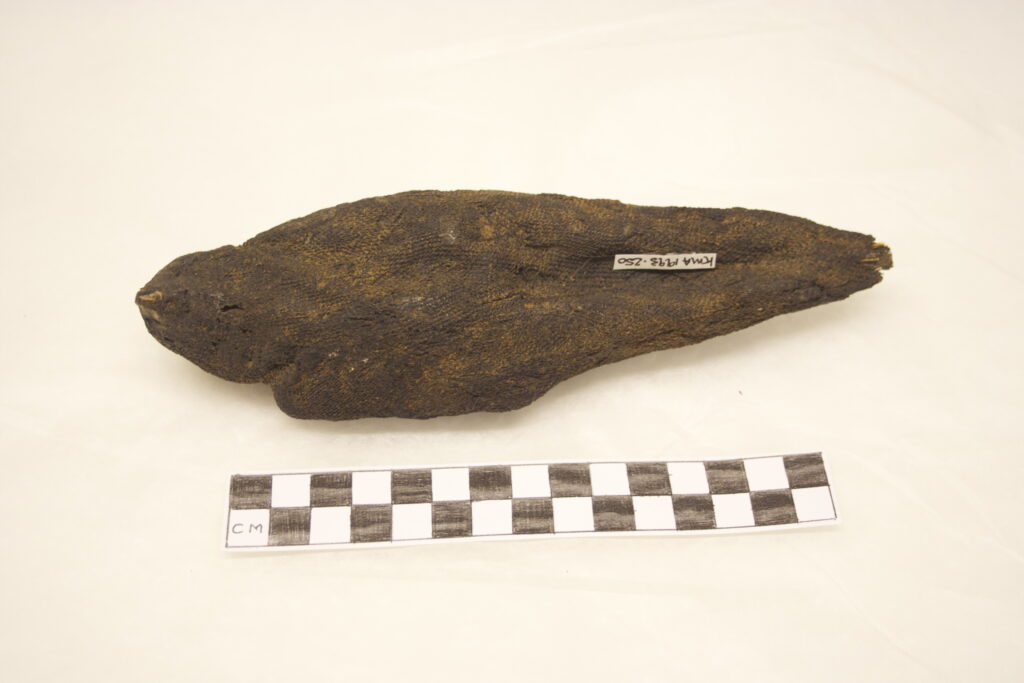
The Hawk was the guardian of the king, and was sacred to the god Horus. The Egyptians used mummified hawks as votive offerings to Horus at his shrines.
Mummification
Mummification is synonymous with Ancient Egypt; it was one of the most distinguishing features of this ancient culture and has fascinated scholars over the years: from Herodotus, the 6th Century Greek Historian, to Victorian and Modern Archaeologists.
The actual process and method of Mummification has changed significantly over time as the culture, science and religion of each new epoch evolved. Mummification began as a very basic preservation process using the ideal, dry environment of the desert. The later more well-known process of mummification involved expensive embalming fluids, amulets and magical practices.
Mummification was a delicate balance of religion and science seen to preserve the mortal body and ready the immortal soul. As the practical and physical mummification process evolved so too did the religious ceremonies enacted when preparing the bodies. Tombs structures and grave goods also became more complex and elaborate. However, not every Egyptian had this level of mummification, only the rich and the elite.
The ancient Egyptians also mummified animals, such as cats and hawks, which they believed to be sacred. In Nineteenth century, the tourists in Egypt saw mummies, both human and animals, as collectable and brought them back to Britain as souvenirs.

